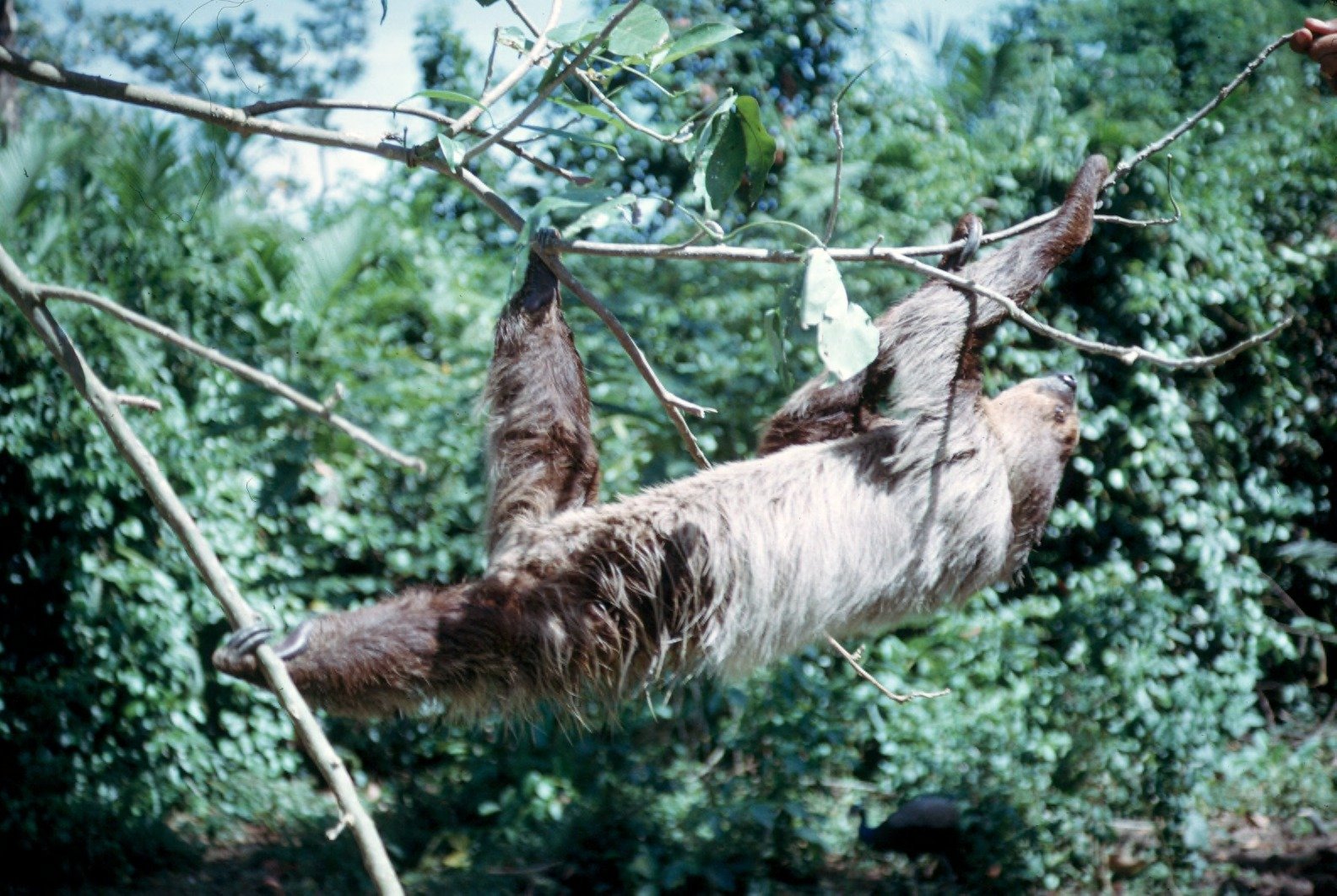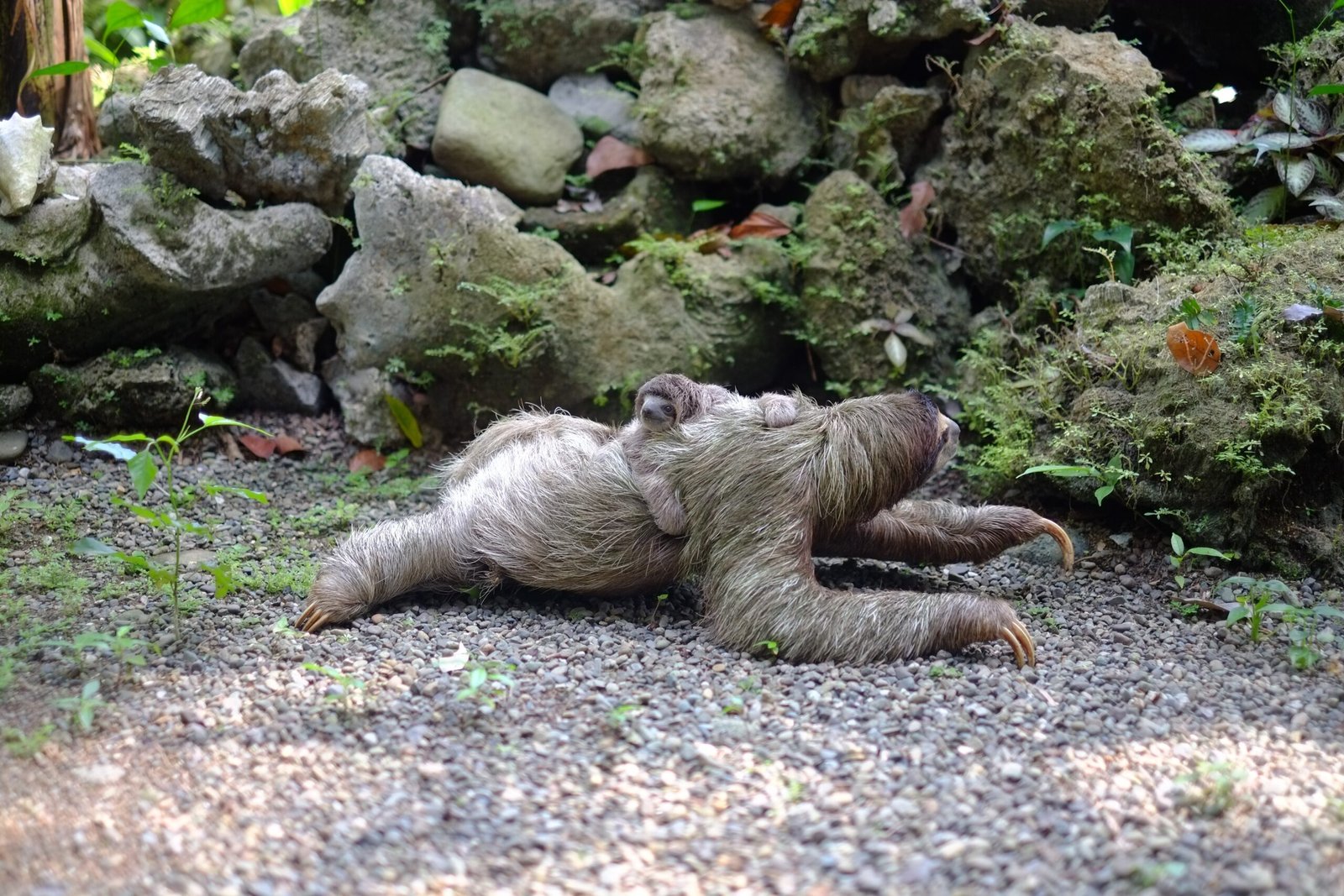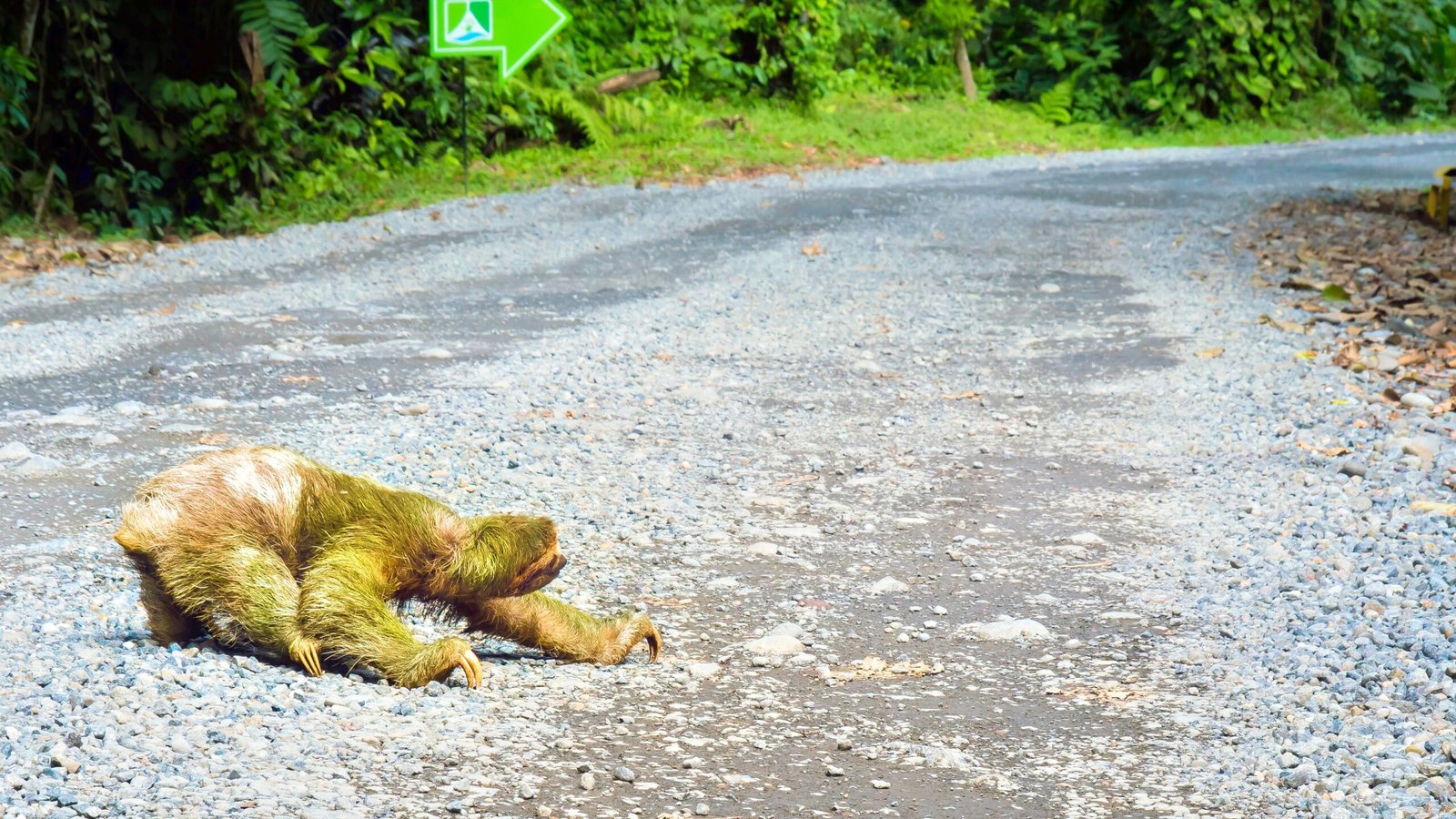Imagine spending your day suspended upside down in a leafy canopy, moving so slowly that even the wind seems fast. For sloths, this isn’t laziness—it’s a brilliant survival strategy. Despite their reputation as the animal kingdom’s most notorious slackers, sloths are actually masters of efficiency. Every deliberate movement, every stretched-out nap, tells a story of adaptation, energy conservation, and evolutionary genius. So, are sloths truly lazy, or is there a hidden science behind their slow-motion lifestyle that most of us overlook?
The Unfair Label: Why Do We Call Sloths Lazy?
It’s easy to look at a sloth and think of it as lazy. Their sluggish pace and long hours of sleep seem to embody lethargy. Yet, this label is more a reflection of our own expectations than biological reality. Sloths move slowly not because they lack motivation, but because their bodies are built for a very different life than ours. In the wild, energy is a precious resource, and what we see as laziness is actually a careful dance of survival. Their “laziness” is a form of wisdom, honed by millions of years of evolution.
Slow Motion Survival: The Art of Energy Conservation
Sloths are the undisputed champions of energy conservation. Their slow movements are a direct response to their diet and environment. Living on a diet of tough, fibrous leaves that are hard to digest and low in calories, sloths must make every calorie count. Moving quickly would burn energy they simply can’t afford to lose. Instead, their bodies have adapted to do more with less, making stillness and slowness their superpowers. Their entire lifestyle is a marvel of biological efficiency.
The Metabolic Mystery: How Sloths Defy Expectations
One of the most fascinating features of sloths is their incredibly slow metabolism. Compared to other mammals their size, sloths have some of the lowest metabolic rates on the planet. This means their bodies use energy at a snail’s pace, allowing them to survive on their nutrient-poor diet. Where a rabbit might need to eat constantly to sustain its high metabolic furnace, a sloth can go for days without eating much at all. This metabolic marvel is not a sign of weakness, but a testament to the power of adaptation.
Leafy Diets and Digestive Feats
What sloths eat has everything to do with how they live. Their diet consists almost exclusively of leaves, which are notoriously hard to break down. Sloths have a specialized, multi-chambered stomach that takes up to a month to fully digest a meal. This slow digestion process is perfectly matched to their leisurely pace. It also means they don’t have to risk exposure by moving around too much in search of food—they can simply hang out and munch when the mood strikes.
Camouflage in the Canopy: The Perks of Slowness
Sloths’ slow movements aren’t just about saving energy; they’re also a clever form of self-defense. By moving so slowly, they become almost invisible among the leaves and branches. Fast-moving predators like harpy eagles rely on spotting movement, so a nearly motionless sloth is far less likely to be noticed. Their green-tinged fur, which is home to algae and tiny insects, enhances their camouflage even further, turning them into living pieces of the rainforest itself.
Strange Sleepers: The Truth About Sloth Naps

The myth that sloths sleep all day is only partly true. In the wild, sloths typically sleep around 9 to 10 hours a day—about the same as a human teenager on a weekend. This is far less than the 15-20 hours that early researchers once believed. Much of their “rest” time is actually spent quietly digesting or slowly foraging, rather than deep sleep. Their relaxed posture and dreamy expressions make them look sleepier than they actually are.
Life in the Slow Lane: Evolutionary Advantages

Sloths didn’t always move this way. Their ancestors, the giant ground sloths, were much larger and roamed the forests at a faster pace. As the world changed, those who could survive on less and avoid predators by blending in gained the upper hand. Over time, sloths became smaller, slower, and more arboreal, perfecting the art of slowness. Their current lifestyle is the result of countless generations adapting to a world where being fast was actually more dangerous.
Heartbeats and Body Temperature: The Inner Workings
Even a sloth’s heartbeat tells a story of slow living. With a heart rate that can drop as low as 20 beats per minute, sloths can conserve energy in ways most animals can only dream of. Their body temperature fluctuates with their environment, making them almost cold-blooded in their energy use. This flexibility lets them survive in conditions that would challenge other mammals. Every part of their biology is tuned for minimal energy drain.
Symbiosis: Sloths and Their Microbial Partners
Sloths are more than just solitary slowpokes—they are ecosystems unto themselves. Their fur hosts a whole world of algae, fungi, and insects that benefit from their slow-motion lifestyle. The algae give the sloth its greenish hue, which helps with camouflage, while in return the sloth gets extra nutrients when it grooms itself. This unique relationship is a reminder that the sloth’s slow life supports much more than just its own survival.
The Emotional Impact: What We Can Learn from Sloths

Watching a sloth can be a surprisingly emotional experience. Their deliberate movements and serene faces seem to invite us to slow down and appreciate the world around us. In a world obsessed with speed and productivity, sloths remind us that sometimes, the best strategy is to take it slow and steady. Their lives are proof that there’s beauty and brilliance in patience, in knowing when to move and when to rest.
Rethinking Laziness: Sloths as Metabolic Marvels
Sloths have long been misunderstood, dismissed as lazy when in reality they are metabolic marvels perfectly attuned to their environment. Their slow-motion existence is a product of evolutionary wisdom, not weakness. By conserving energy, blending in, and living in harmony with their surroundings, sloths have survived for millions of years against all odds. Perhaps the next time we call someone lazy, we should remember the sloth—a creature that turns slowness into strength.




